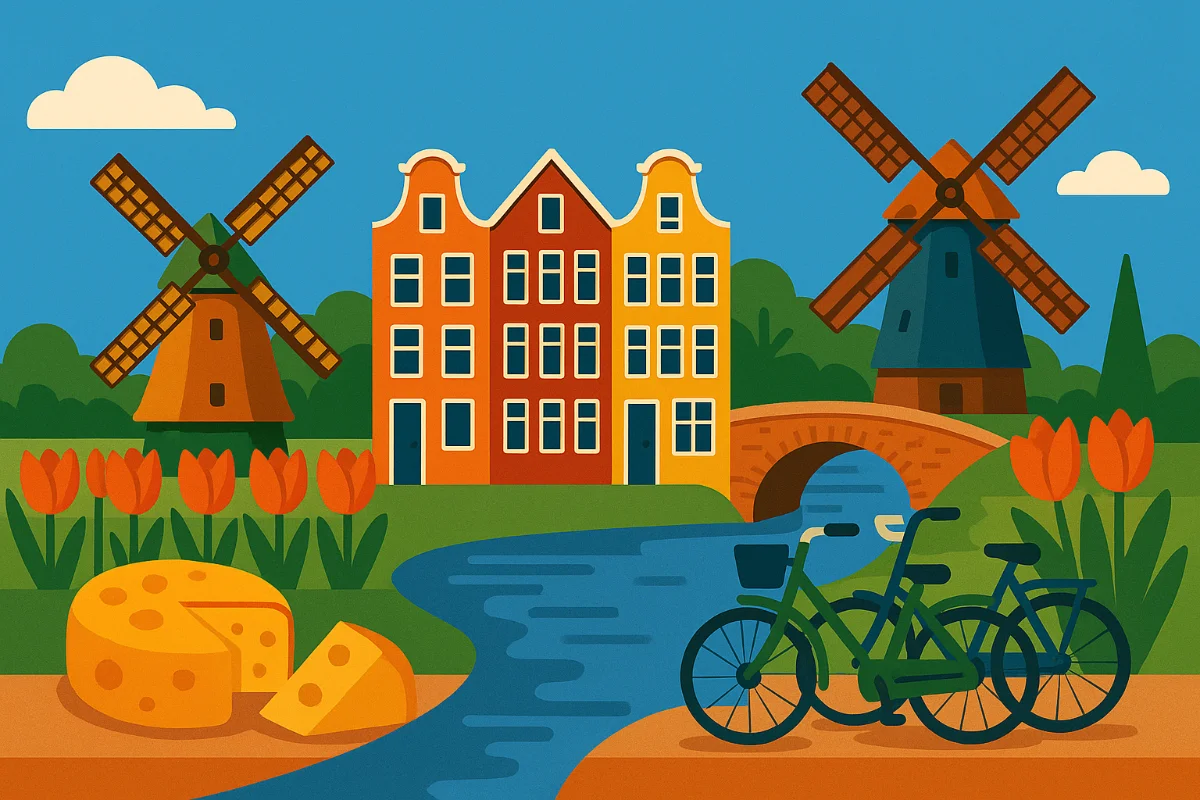Making Nouns Plural (Regular Forms) (A1)
To make most Dutch nouns plural (referring to more than one), you usually add either -s or -en.
Rule 1: Add -en
This is the most common way to make nouns plural.
boek(book) ->boeken(books)stoel(chair) ->stoelen(chairs)deur(door) ->deuren(doors)telefoon(telephone) ->telefoons(telephones)
Spelling adjustments with -en:
- If the singular noun ends in a single consonant after a short vowel, double the consonant:
bus->bussen(buses)kat->katten(cats)- If the singular noun ends in a single consonant after a long vowel, remove one vowel:
maan(moon) ->manen(moons)boom(tree) ->bomen(trees)- If the singular noun ends in
-s, changestoz: huis(house) ->huizen(houses)- If the singular noun ends in
-f, changeftov: brief(letter) ->brieven(letters)
Rule 2: Add -s
This is used less often, typically with:
- Nouns ending in an unstressed
-el,-em,-en,-er,-ie. tafel(table) ->tafelsleraar(teacher) ->leraars/leraren(both common)vakantie(holiday) ->vakanties- Nouns ending in a vowel (a, o, u, ë, i - sometimes requires an apostrophe
'sfor pronunciation clarity, especially after i, u, y). auto(car) ->auto'smenu(menu) ->menu'soma(grandma) ->oma's- Loanwords from English often take
-s. computer->computers
Important: Some nouns are irregular (e.g., kind -> kinderen). These need to be learned separately.

